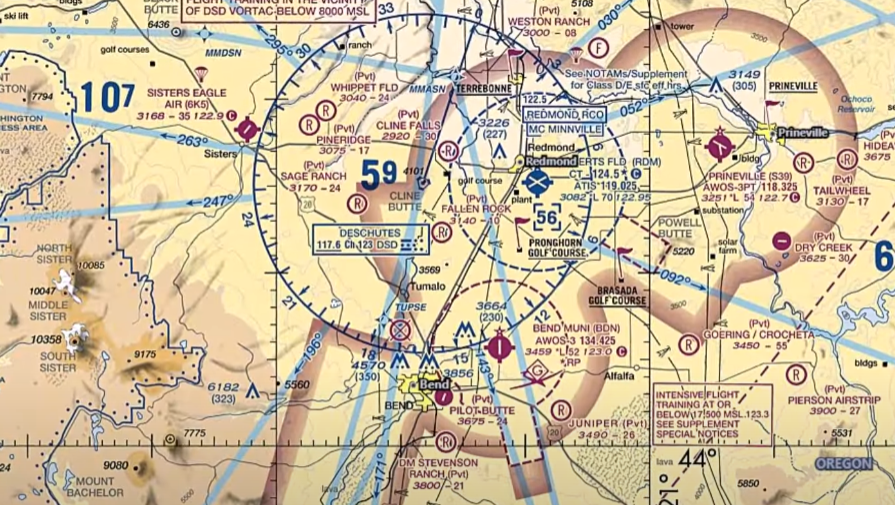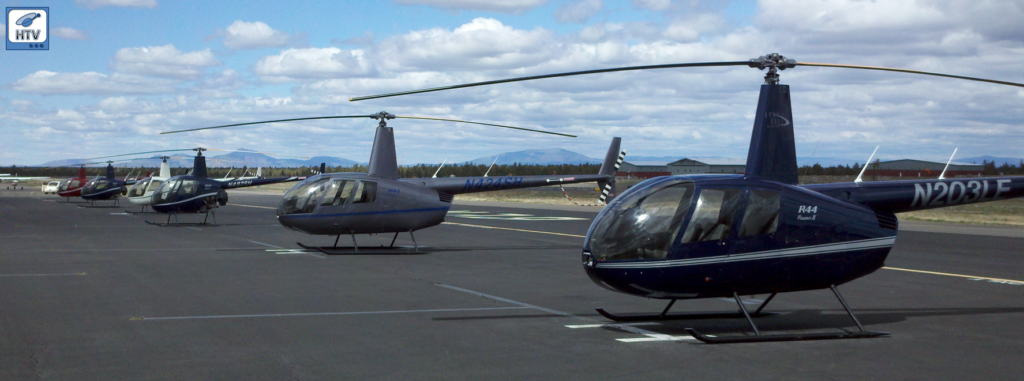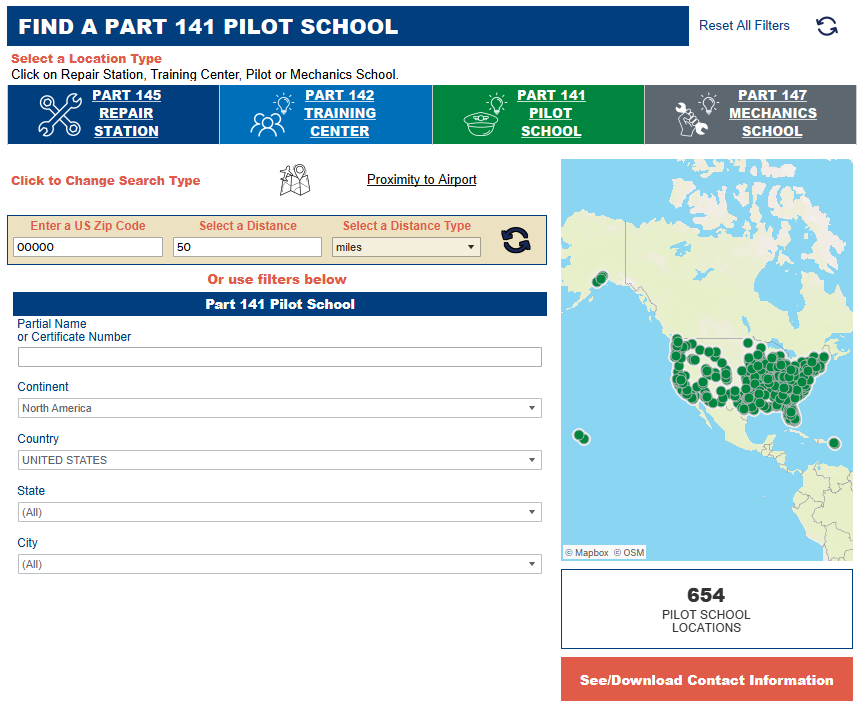How to Choose the Right Flight School
Choosing the right flight school is one of the most important decisions for an aspiring helicopter pilot. The school you choose will impact your training experience, skill development, and future career opportunities. In this guide, we’ll break down the key factors you should consider when selecting a flight school.
Don’t like reading? Watch the short video below:
Key Factors to Consider
1. Location & Training Environment
The school’s location will influence the weather conditions, terrain challenges, and airspace complexity you train in.
- Stay Local or Relocate? If there’s a quality school nearby, you can save on relocation costs. However, some of the best training environments may require moving—consider whether you’d enjoy living in that area for the duration of your training.
- Varied & Challenging Terrain – Schools located near mountains provide excellent and challenging experience in diverse flying conditions.
- High Density Altitude (DA) vs. Sea Level – Training at high DA locations improves pilot proficiency in hot & high conditions—a skill required for mountain and utility flying. However, sea-level training may be easier for beginners.
- Airspace – Busy towered airspace (Class B/C) offers valuable ATC experience but may lead to delays reaching practice areas, while smaller non-towered airports (Class D/G) reduce congestion and maximize flight time. Ideally, choose a school with a mix of both nearby and minimal transit time to training areas for efficient learning.
- Weather Considerations – Ideal locations offer reasonable flying weather with minimal disruptions due to extended periods of fog, rain, or extreme cold.

2. Airframe & Fleet
Your training helicopter type can affect both cost and career readiness.
- Airframe Selection – Ensure the school has aircraft suited to you and your career goals. They all have their ups and downs, discussed here. Common training helicopters include:
- Robinson R22 & R44
- Schweizer
- Enstrom
- Guimbal Cabri G2
- Fleet Size & Aircraft Availability – Schools with multiple aircraft reduce training delays due to maintenance downtime.
- Maintenance Quality – Ask about on-site vs. third-party maintenance and review aircraft condition and maintenance facility if able.

3. Cost & Financial Considerations
Helicopter flight training is expensive, so understanding costs upfront is crucial.
- Check out our Total Cost Breakdown Article – And ask for average (not FAA minimums) costs upfront, including:
- Hourly aircraft rental
- Instructor fees (ground and flight)
- Typical checkride & examiner fees
- Fuel surcharges
- Simulator training costs (if applicable)
- College Connection & Financial Aid: Some flight schools are affiliated with universities & colleges, offering degree programs that can broaden and deepen your aviation knowledge. This can also significantly impact access to VA funding, student loans, and financial aid options.
- VA Benefits & Scholarships – If you’re a veteran, check if the school is VA-approved. Some schools can offer limited VA funding, while others can cover all of the flight training costs – check the VA Comparison Tool. Scholarships are available through organizations like Whirly-Girls and Vertical Aviation International.
4. Safety Record & Risk Management
A strong safety culture is non-negotiable.
- Accident History – Research the school’s accident record through the NTSB database.
- Safety Management System (SMS) – A good school uses SMS to proactively identifies and mitigates risks instead of just reacting to incidents.
- Internal Training & Standardization – Schools that have structured instructor training programs and established school procedures often provide higher-quality and safer instruction.
5. School Size, Culture & Reputation
The school’s size, leadership experience, and culture impact your learning experience.
- Small vs. Large Schools – Smaller schools may offer more personalized instruction, while larger schools typically have more resources and aircraft availability. Will they have enough students coming in for you to become an instructor there?
- Leadership Experience – Who runs the school? Do they have real-world industry experience or are they just senior instructors building their own hours to move on? Do they have connections and ‘pipelines’ to help you get hired after being an instructor?
- Culture & Student Environment – Does the school foster a professional, safety-conscious culture, or is it focused on churning out flight hours?
- Reputation & Reviews – Check Google reviews, pilot forums, and talk to former students—helicopter aviation is a small industry, so word spreads fast. While online forums can be useful, they often amplify negativity, so consider the bigger picture rather than letting one bad review define a school’s overall quality.
6. Visiting the School & Discovery Flights
The best way to evaluate a school is to visit in person and take a discovery/demo flight.
- School Tour – Pay attention to aircraft condition, instructor professionalism, and student satisfaction.
- Ask About Training Structure – Do they offer a structured syllabus? How do they prepare students for checkrides?
- Take a Discovery Flight – This is your chance to experience the training environment firsthand before committing thousands of dollars. Check out this page for more information on discovery flights.

Final Thoughts
Choosing the Right Flight School is Critical: Your decision will shape your training experience, safety, and career opportunities. Take the time to research, visit schools, and compare your options before committing. And if things don’t go as expected, switching schools is always an option—many have done so successfully, and we’ve hired plenty of great instructors who made the move midway through their training, even switching to a different airframe!
Next Steps
Make a short list of flight school to start researching, ask around, call them up with some questions and if all seems good, arrange to visit them for a demo/discovery flight.
Not sure where to start? Check out our guide to using the FAA’s Facility Dashboard to help you find a Part 141 flight school. Just keep in mind, the FAA tool only lists FAA-certified Part 141 schools — but Part 61 schools can also be excellent options, depending on your goals and learning style.

If you are considering helicopter flight schools in the Pacific Northwest, check out this article on booking a discovery flight at the school I work at.
How to Become a Helicopter Pilot – Full Episode
This is just one consideration on your journey to become a helicopter pilot. You can watch a full-length video on How to Become a Helicopter Pilot below or listen to the podcast episode from Helicopter Training Podcast. The episode covers:
- Pathways to earning your helicopter pilot certificates
- Choosing the right flight school and helicopter airframe
- How VA funding, scholarships, and loans can help cover costs
- Free ways to get started and tips to keep costs down
- Recommend essential supplies and books to set you up for success
- And more…
Feedback
We Want Your Feedback! What other factors do you think are important when choosing a flight school? How was your experience picking one? Send your questions and feedback to the podcast, and we might feature it in a future episode!

